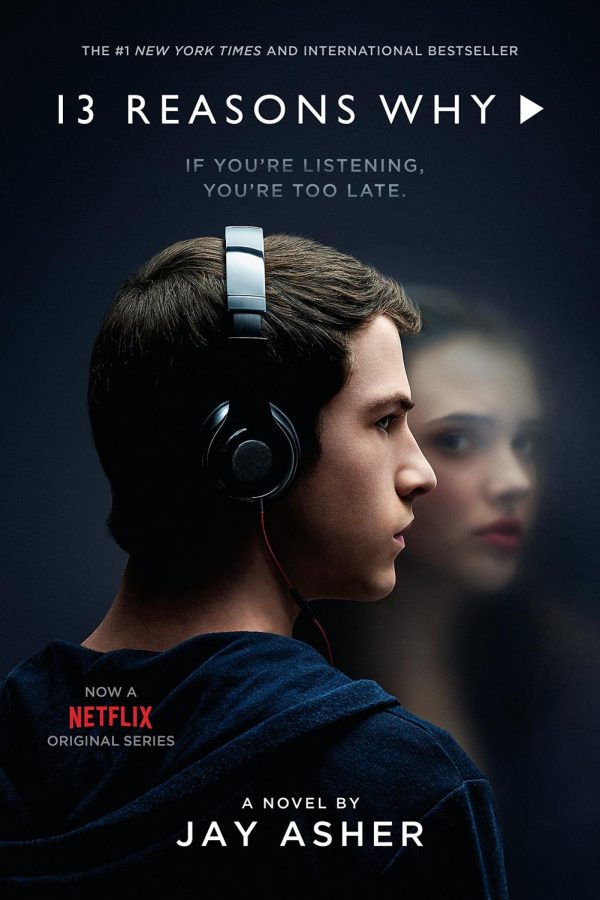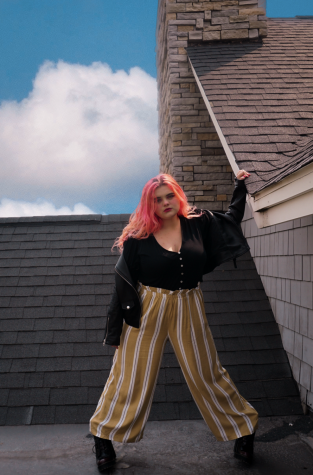Euphoria Vs. 13 Reasons Why
September 23, 2019
The popular television show “13 Reasons Why” takes pride in encouraging suicide. It depicts the story of Hannah Baker, a teenage girl who takes her own life as an act of revenge and deals out thirteen tapes, blaming one person per tape for her death. The first season ends with a dramatic drawn out scene of Hannah ending her life, complete with narration and close ups of her committing the act. Netflix has since removed this scene after two years.
Even though the series is based off of a book’s plot line that is completely covered in season one, Netflix wasn’t content with just one season of traumatizing content directed at teens. Since the original season, two more have been released, each more triggering than the last.
The series takes serious topics such as suicide, school shootings, and rape and turns them into a dramatic soap opera-esque version, focusing on how many times they can squeeze in a flashback of an assault or suicide attempt. The ugly truth is, this show is not meant to inform people on these topics, it’s meant to entertain.
“13 Reasons Why” glorifies suicide in a horrific way. It doesn’t focus on getting help, or seeking guidance, it instead imposes the idea that “if I ask for help, nothing will happen.” The show portrays mental illness as some unfixable ailment that will either end in suicide or a life of suffering. Impressionable teens who watch this show and are struggling may use this show as an example of how they should deal with their problems.
This show is damaging to say the least. Even watching just one episode can leave you feeling nauseous and drained both emotionally and physically.
It has been reported that several people watched “13 Reasons Why” and as a result ended their own lives, modeling their suicides after Hannah Baker’s. When it comes to the way that “13 Reasons Why” depicts mental health, there is little to no effort to do it in a non-triggering way. This show should be focused less on squeezing in as many special effect blood scenes as they can and instead focus on the fact that their audience is dying.
If they were to learn how to show mental illness realistically and without dramatizing it with unnecessary blood scenes and traumatizing flashbacks, they wouldn’t be known as a controversial TV show anymore.
Netflix has done nothing to make their content less triggering, other than remove a several minute long suicide scene that shouldn’t have been included in the first place.
Whether it was the intention of the show or not, it has created steryotypes and walls that instead of opening a dialouge where we can talk about issues such as suicide and sexual assault, teaches people that asking for help will get you nowhere.
“Euphoria”, on the other hand, is the story of a teenage girl who has recently come out of rehab. It explores the different storylines of several characters, from Jules Vaughn, a transgender girl trying to find a way to conquer her femininity to Christopher Mckay, a boy trying to find his place in his college. This show does something that not a lot of other teen shows are able to do: it doesn’t glorify the high school experience.
While most teen dramas portray high school as a time of perfect relationships with the good girl who can do no wrong and the bad boy from the wrong side of the tracks, or as a place where the popular girl rules the school and everyone bows at her feet, Euphoria has broken a multitude of stereotypes.
Instead of showing the sparkly side of high school that is completely unrealistic and does not exist anywhere in real life, it depicts high school similar to the ones you may actually encounter in real life. It shows realistic experiences like the sexual pressures on girls, the strain on boys to behave in a masculine manner, and how relationships in high school aren’t designed to be picture perfect.
When it comes to mental health in “Euphoria”, they don’t take the typical approach of showing graphic scenes. Instead, they use approaches such as lighting and music design to show the character’s emotions.
“Euphoria” doesn’t use their platform as a place to show graphic or triggering scenes. They instead spread the message that communicating the issues you are experiencing to your parents could be extremely beneficial in the long run.



